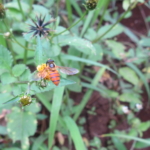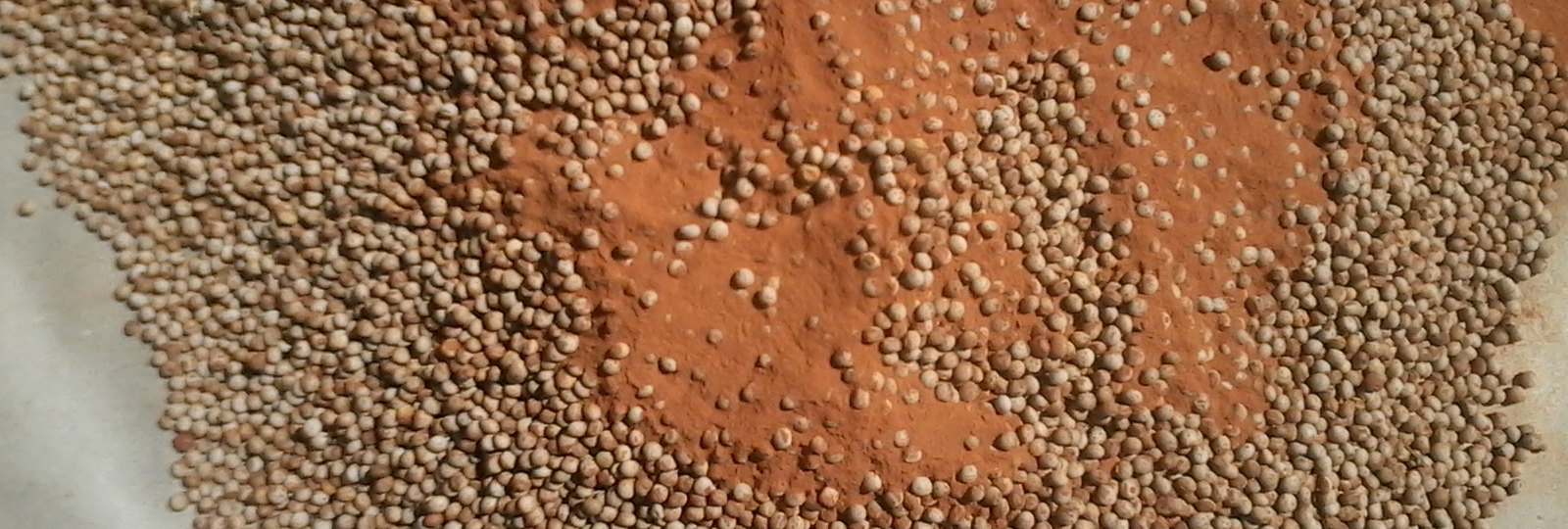


Sokoine University of Agriculture
DARS, Chitedze, Oregon State University
Tanzania and Malawi
8/2009—8/2013
Common bean is a major source of protein in southern African but producers commonly loose up to half their harvest in store to bruchids, destructive seed-eating insect pests. Bruchid damage reduces the contribution that beans make to diets and limits the time beans can be stored on-farm resulting in farmers selling at low prices at harvest-time. Farmers currently treat stored beans with synthetic insecticide, but to avoid this cost may for small quantities use leaves of locally available pesticidal plants (“botanicals”) or store grain in wood ash. The research team is taking the alternative approach to introduce genetic resistance to bruchid attack into farmer preferred bean cultivars based on bean storage proteins that inhibit bruchid reproduction. This is facilitated by a Marker Assisted Breeding process, using DNA markers to confirm the presence of genes responsible for bruchid anti-nutritional proteins in new bean lines generated by the breeding program. A better understanding is also being developed of the potential for using botanicals in an integrated bruchid management system in combination with resistant cultivars. Following a survey of bruchid incidence and bean producer cultivar preferences in major producing areas of Tanzania the team is undertaking a back-cross breeding strategy to introduce seed storage proteins coded by the APA (Arcelin-Phytohemaglutinin) locus and specific arcelins. Using facilities at the biotechnology laboratory at SUA, including additional equipment for amplification and analysis funded by CCRP, markers are used to select progeny with the desired proteins for further testing. The research includes MSc and PhD research projects with the later conducting work at Oregon State University to further characterise the APA locus and understand the mechanism of bruchid resistance. Bean lines previously identified to be resistant to bruchids in Malawi will be characterised at a molecular level and the mechanism of resistance investigated. In a survey, farmers reported a number of plant species to be effective for reducing bruchid infestation of grain. The efficacy of these botanicals is being investigated.
The project aims at increasing productivity of common bean while enhancing continuous market supply of the commodity by incorporating resistance mechanisms to bruchids into farmers’ preferred varieties. The main project results are:New sources of resistance to bruchids made available in farmers’ bean preferred varieties for improved storage period;New breeding lines resistant to bruchids made available to breeders community;A reliable and sustainable bruchid management and control strategy for stored common bean will be developed and implemented by farmers;Reliable screening and selection markers developed for use by breeders in MAS;Availability of un-damaged good seeds for next planting season will be increased;Bean productivity will be increased;Reliable bean supply in the market with little price fluctuation, farmers will be able to keep their bean sees and sale their bean seeds longer.
Resistance gene ARC2 has been incorporated into farmers’ preferred bean varieties in Tanzania and a total 49 BC1F2 backcross lines have been confirmed to have attained homozygous dominance for ARC2 alleles.Pesticidal preparations from pesticidal plant species namely Chenopodium ambrosoides, Dolichus spp, Gnidia spp, Neorautanenia mitis and Zahna africana showing high inhibition to bruchid infestation like he standard Actellic super dust were identified in Tanzania.
